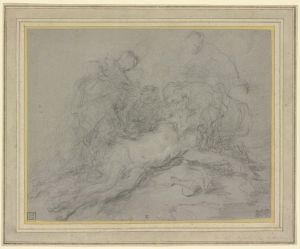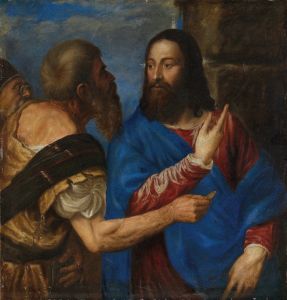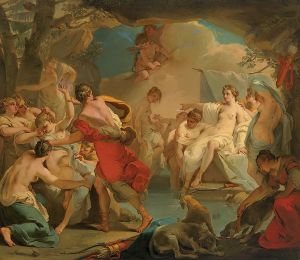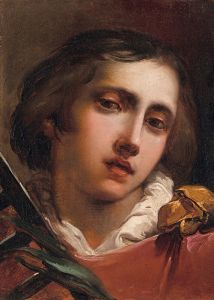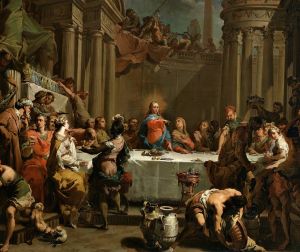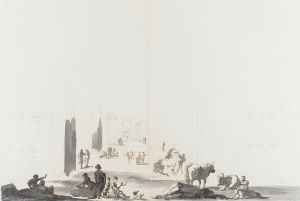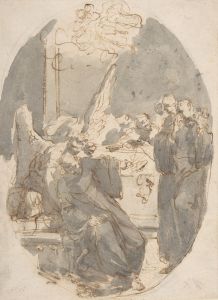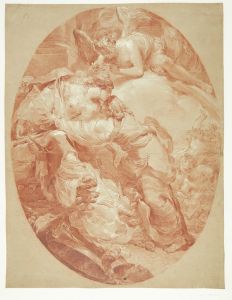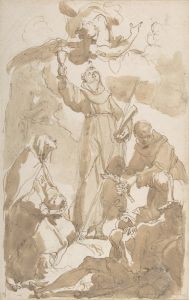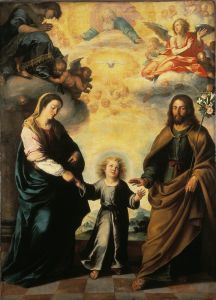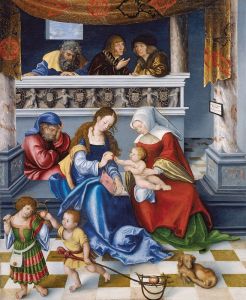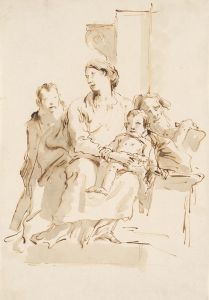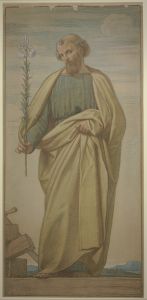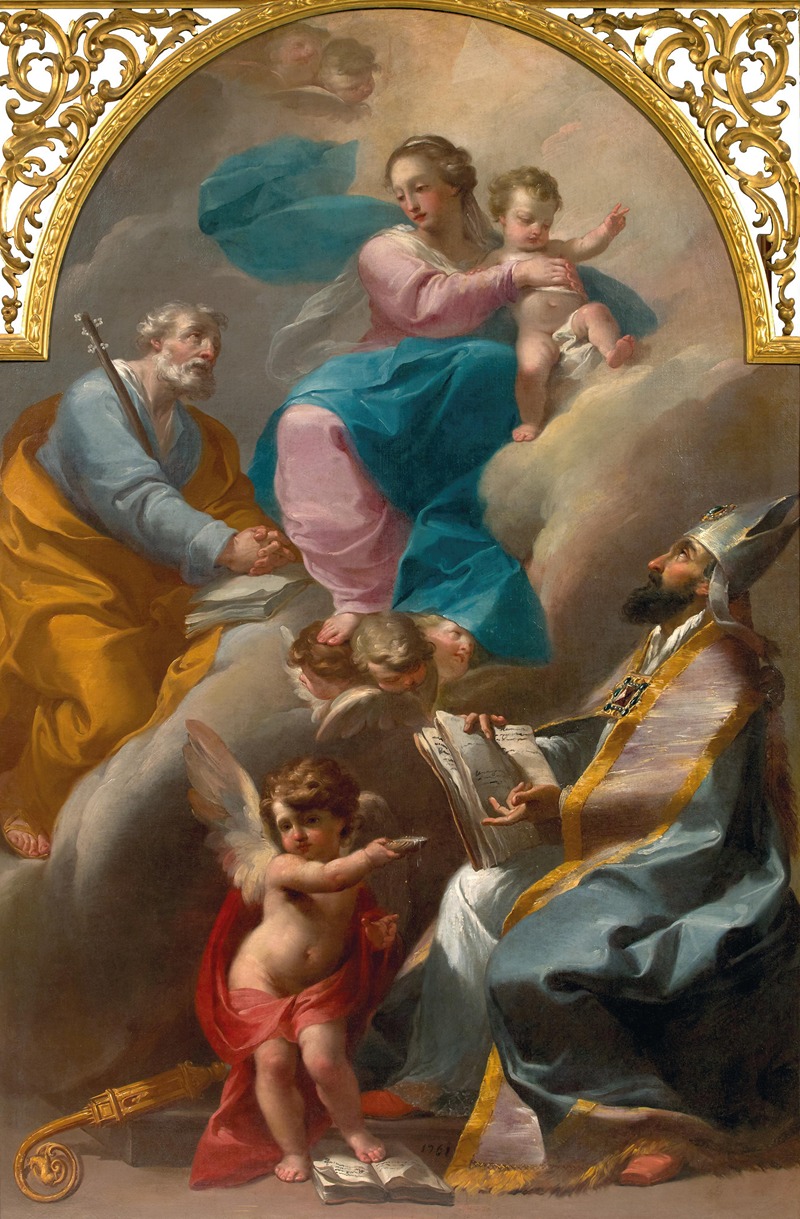
The Holy Family with Saint Augustine
A hand-painted replica of Gaetano Gandolfi’s masterpiece The Holy Family with Saint Augustine, meticulously crafted by professional artists to capture the true essence of the original. Each piece is created with museum-quality canvas and rare mineral pigments, carefully painted by experienced artists with delicate brushstrokes and rich, layered colors to perfectly recreate the texture of the original artwork. Unlike machine-printed reproductions, this hand-painted version brings the painting to life, infused with the artist’s emotions and skill in every stroke. Whether for personal collection or home decoration, it instantly elevates the artistic atmosphere of any space.
Gaetano Gandolfi was an Italian painter of the late Baroque and early Neoclassical periods, known for his dynamic compositions and vibrant use of color. Born in San Matteo della Decima, near Bologna, in 1734, Gandolfi was part of a family of artists, including his brother Ubaldo Gandolfi, who was also a prominent painter. Gaetano studied at the Accademia Clementina in Bologna, where he was influenced by the works of earlier Bolognese painters such as the Carracci family and Guido Reni.
"The Holy Family with Saint Augustine" is one of Gaetano Gandolfi's notable religious works. This painting depicts the Holy Family, consisting of the Virgin Mary, the Christ Child, and Saint Joseph, accompanied by Saint Augustine, a significant figure in Christian theology and philosophy. The inclusion of Saint Augustine in the composition is not a common theme in traditional depictions of the Holy Family, which typically focus on the immediate family members of Jesus. This unique inclusion suggests a specific devotional or theological purpose behind the commission of the painting.
In Gandolfi's depiction, the figures are arranged in a harmonious composition, characterized by the artist's skillful use of light and shadow to create depth and movement. The Virgin Mary is often portrayed with a serene and contemplative expression, holding the Christ Child, who may be depicted with gestures or expressions indicating his divine nature. Saint Joseph is typically shown as a supportive and protective figure, while Saint Augustine is likely included to emphasize his role as a Doctor of the Church and his contributions to Christian thought.
Gandolfi's style is marked by a blend of Baroque dynamism and the emerging Neoclassical clarity, which can be observed in the fluidity of the figures' drapery and the balanced composition. His use of color is both vibrant and harmonious, contributing to the overall emotional impact of the painting. The artist's ability to convey both the humanity and divinity of his subjects is a testament to his skill and understanding of religious iconography.
The painting reflects the broader artistic trends of the 18th century, where religious art was still a dominant genre, but artists were beginning to explore new themes and styles. Gandolfi's work is a bridge between the dramatic intensity of the Baroque and the more restrained elegance of Neoclassicism, making his paintings appealing to a wide range of patrons and audiences.
"The Holy Family with Saint Augustine" is an example of Gandolfi's ability to infuse traditional religious subjects with a sense of immediacy and relevance, engaging viewers both emotionally and intellectually. His works are held in various collections, and he remains an important figure in the study of Italian art from this period. While specific details about the provenance or current location of this particular painting may not be widely documented, Gandolfi's contributions to religious art continue to be appreciated by scholars and art enthusiasts alike.






